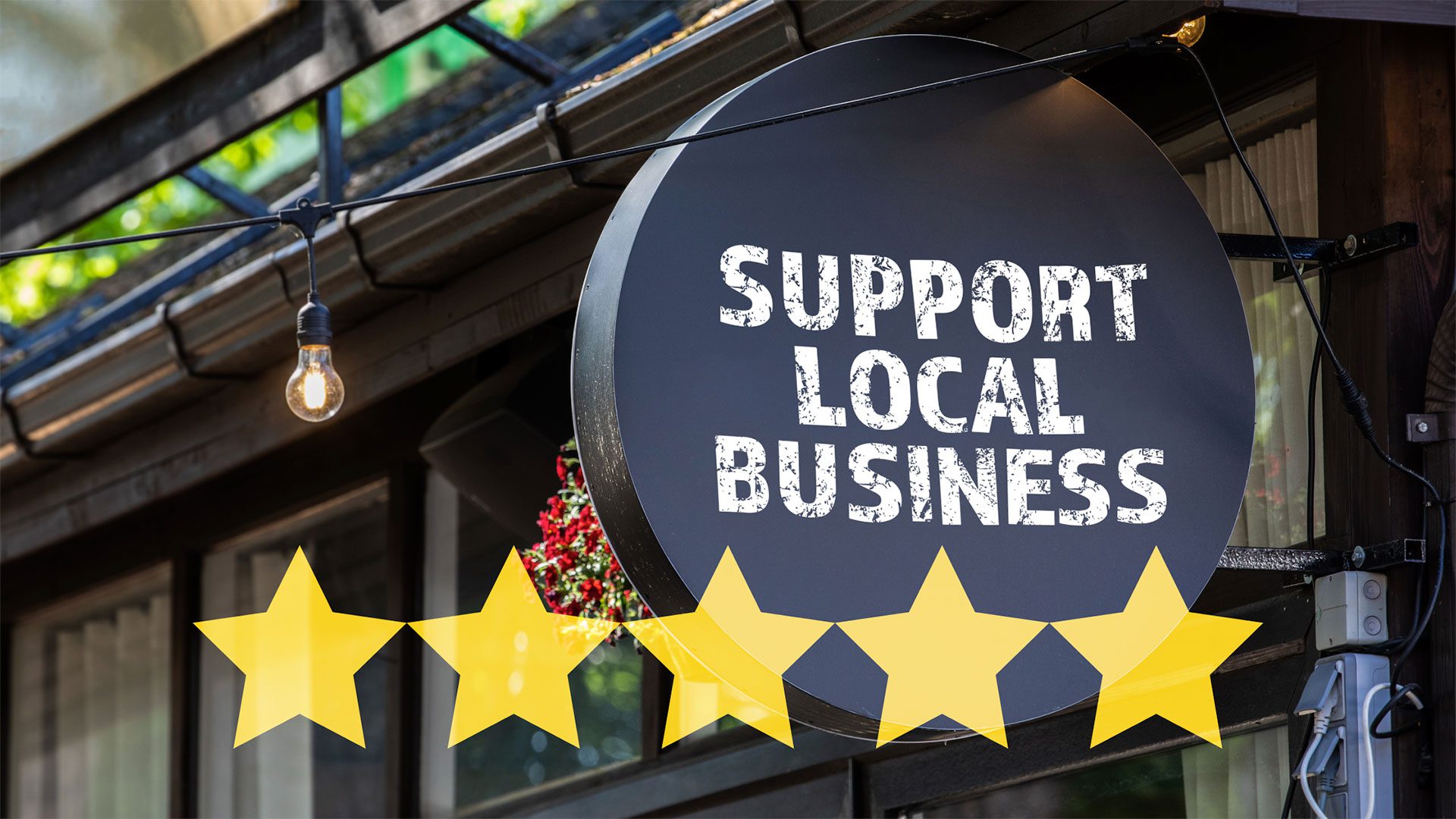Google’s “Things to Do”: A Game Changer for Advertisers and Local SEO Optimization
In the dynamic, post-pandemic landscape of online travel research and booking, Google has introduced a groundbreaking feature that promises to revolutionize how travelers discover and engage with attractions, tours, and activities. This new feature, aptly named “Things to Do on Google,” is designed to enhance the user experience by providing comprehensive information about travel-related experiences and activities. Furthermore, it offers a unique opportunity for advertisers to capitalize on this platform, connecting with millions of potential customers each day.
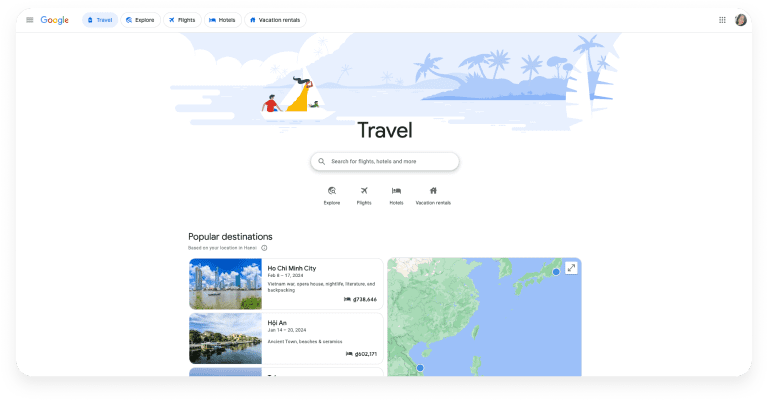
Understanding “Things to Do on Google”
Google’s commitment to making travel research and booking user-friendly has led to the development of “Things to Do.” This feature serves a dual purpose: assisting travelers in discovering new and unique activities and providing partners with an effective way to promote their offerings. Partners, including attractions, tour operators, and activity providers, can leverage “Things to Do” through both free listings and a dynamic ad format.
Where Is This New Feature Most Effective?
Google’s “Things To Do” feature stands out as a versatile tool that transcends various industries, offering a streamlined approach to enhancing user experiences. In the realm of travel and tourism, it aids users in planning itineraries by providing comprehensive lists of attractions, activities, and events tailored to specific locations. For the hospitality sector, businesses can leverage this feature to promote local events and activities, thereby attracting and engaging potential guests. In the entertainment industry, event organizers can optimize visibility for their concerts, shows, and festivals. Additionally, the culinary world benefits as restaurants and cafes can showcase their offerings through this platform, enticing food enthusiasts. The education sector can utilize the feature to promote workshops, seminars, and cultural events.
Overall, Google’s “Things To Do” feature proves to be an invaluable resource, fostering connectivity and accessibility across diverse industries, ultimately enriching the way people discover and engage with activities in their communities.

What Are The Benefits for Advertisers?
Reach millions of travelers daily
- Targeted Exposure: Advertisers can reach millions of individuals actively engaging in travel-related searches on Google daily.
- Global Reach: The platform facilitates connections between travelers and attractions, tour operators, and activity providers worldwide.
Highlight tours, attractions, and activities
- Free Listings: Partners can display their products to a vast audience on Google by listing for free.
- Advertise on Google: For increased visibility, partners can opt for Things to Do ads, paying only when users click on their ads.
- Comprehensive Information: The format allows partners to present individual products in an easily scannable manner, providing travelers with the right information at the right time.
Integration options
- Direct Integration: Partners can integrate directly with Google by meeting development requirements, expressing interest to the Things to Do partnerships team, and signing a content license agreement.
- Connectivity Partners: Smaller businesses can work with approved connectivity partners for a smoother integration process.

How to Integrate with Google
Direct Integration Steps
- Ensure compliance with Things to Do development requirements.
- Contact the Things to Do partnerships team to express interest.
- Upon approval, sign a content license agreement with Google.
- Provide a designated technical contact for support through the onboarding process.
Approved Connectivity Partners
- Businesses can choose to work with established connectivity partners for a streamlined integration process.
Components of the ‘Things to do’ Program
The ‘Things to Do’ program consists of four key modules: the Ads module, Booking module, Experiences module, and Operator Booking module. Each module serves a unique purpose, impacting how businesses are presented in local search results.
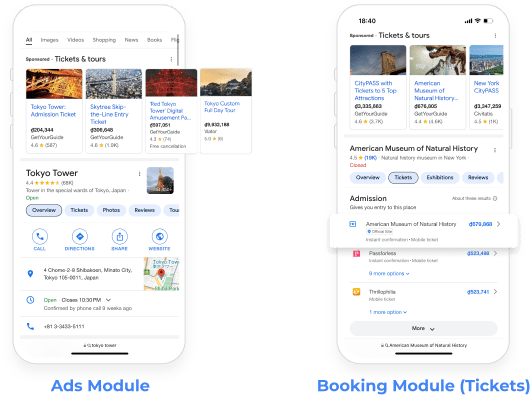
- Ads Module: Enables partners to promote inventory through dynamic ad formats.
- Booking Module (Tickets): Allows attractions to showcase ticketing options, giving preference to official tickets in search results.
- Experiences Module: Provides a platform for displaying activities and experiences to potential customers.
- Operator Booking Module (Activities): Enables tour operators to showcase products on their Google Business Profile entry.

Optimizing ‘Things to Do’ for Attractions
Ticketing/Admissions: The ‘Booking Module’
- Attractions can use the ‘booking module’ to display ticketing options in their local knowledge panel.
- Prioritize official tickets to gain preference in ranking.
- Ensure accurate pricing information to enhance customer trust.
Activities and Bookings: The ‘Operator Booking’ Module
- Tour operators can leverage the ‘operator booking module’ to showcase their products and tours.
- Add activities through the New Merchant Experience (NMX) to appear in free ‘Things to Do’ units.
- Monitor local knowledge panels to optimize content and reduce reliance on third-party listings.
Essential Steps for Businesses
Adding Your Own Tickets
- Click on ‘tickets’ in the NMX and add ticket options with accurate details matching the product landing page.
- Prioritize the ‘Adult’ visitor type and include a link to the relevant product landing page with UTM tagging.
- Ensure adherence to Google’s ‘Things to do’ general policies and price policies.
Setting Up Activities
- Click on ‘activities’ in the NMX to add your own activities.
- Complete the required fields on the screens, including UTM tagging for the Booking URL link.
- Upload a photo following Google’s guidelines for optimal display.
The Impact of Google’s ‘Things to Do’ on Local SEO
As businesses navigate the evolving digital landscape, understanding the impact of Google’s ‘Things to Do’ on local SEO is crucial. The New Merchant Experience (NMX) introduces buttons within the Google Business Profile (GBP) listings, providing businesses with tools like “How to Use Google ‘Things To Do’ – Tickets” and “How to Use Google ‘Things To Do’ – Activities.” ‘Things to do’ is a pivotal component of the broader Google Travel initiative, streamlining the process of finding and booking activities, tours, and tickets related to Points of Interest (POIs). While the ‘activities’ module has been spotted on various business profiles, including hotels, its full rollout to the accommodation categories is yet to be witnessed.
The Four Key Modules and Local SEO Implications
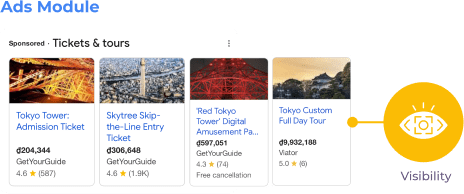
Ads Module Local SEO Impact: Allows businesses to promote inventory through dynamic ad formats, enhancing their presence in local search results. This increased visibility can enhance a business’s presence in local search results, especially for users actively seeking relevant attractions and activities.

Booking Module (Tickets) Local SEO Impact: The Booking module, focusing on ticketing options, plays a significant role in how attractions are displayed in local knowledge panels. By prioritizing official tickets and ensuring accurate pricing information, businesses can positively influence their ranking in search results.
Experiences Module Local SEO Impact: The Experiences module provides a platform for businesses to showcase their activities and offerings. By utilizing this module, businesses can enhance their visibility in local search results, capturing the attention of potential customers interested in unique experiences.

Operator Booking Module (Activities) Local SEO Impact: The Operator Booking module is particularly beneficial for tour operators, allowing them to display their products on their Google Business Profile entry. This module contributes to local SEO by providing additional information to users searching for activities in a specific location.
Proactive Local SEO Strategies for Businesses
Optimizing Tickets in the Booking Module
- Local businesses should actively monitor the ticketing section in the local knowledge panel.
- Adding their own ticket options ensures priority placement above third-party listings, positively impacting user decision-making.
Leveraging Activities in the Operator Booking Module
- Local businesses, especially tour operators, should explore the ‘activities’ label in the NMX.
- Adding their own activities contributes to a more comprehensive and engaging local business profile, influencing user perceptions and choices.
A Strategic Approach to Local SEO with ‘Things to Do’
For businesses seeking to optimize their local SEO strategy, integrating with Google’s ‘Things to Do’ is paramount. The program provides a platform for increased visibility and allows businesses to take control of their narrative in local search results. Adding activities and tickets through ‘Things to Do’ is not just an option; it’s a crucial step for businesses in relevant categories. By owning the entire booking journey, businesses can reduce reliance on third-party resellers, drive more website visitors, and enhance their presence on Google.
Monitoring Local Knowledge Panels for Third-Party Listings
Given the presence of third-party listings in local knowledge panels, businesses should adopt a proactive approach. Regularly monitoring and optimizing content in local knowledge panels can help businesses capitalize on opportunities to add their own content, reducing the visibility of third-party listings.
‘Official Site’ Badge and Establishing Authority
Google’s addition of an ‘official site’ badge to activities or tickets added by businesses underscores the importance of businesses taking an active role in the ‘Things to Do’ program. This badge not only adds credibility to the business but also reinforces its authority in providing accurate and reliable information.
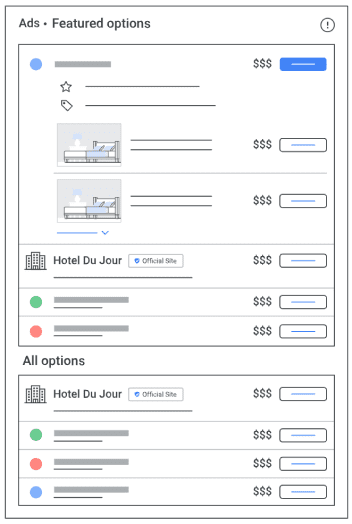
Google’s ‘Things to Do’ is not merely a feature but a game-changer for businesses navigating the intricacies of local SEO. By understanding the nuances of each module and proactively engaging with the program, businesses can position themselves as authoritative sources, drive website traffic, and ultimately stand out in the competitive digital landscape. As the digital ecosystem continues to evolve, embracing and optimizing for ‘Things to Do’ is a strategic move that can significantly impact a business’s local SEO success.
For a more in-depth look at Google’s new feature, more information can be found here:
- Things to Do Price Policies
- Things to Do Official Site Policies
- Approved Things to Do Connectivity Partners
- Things to Do Center: Starter Guide
